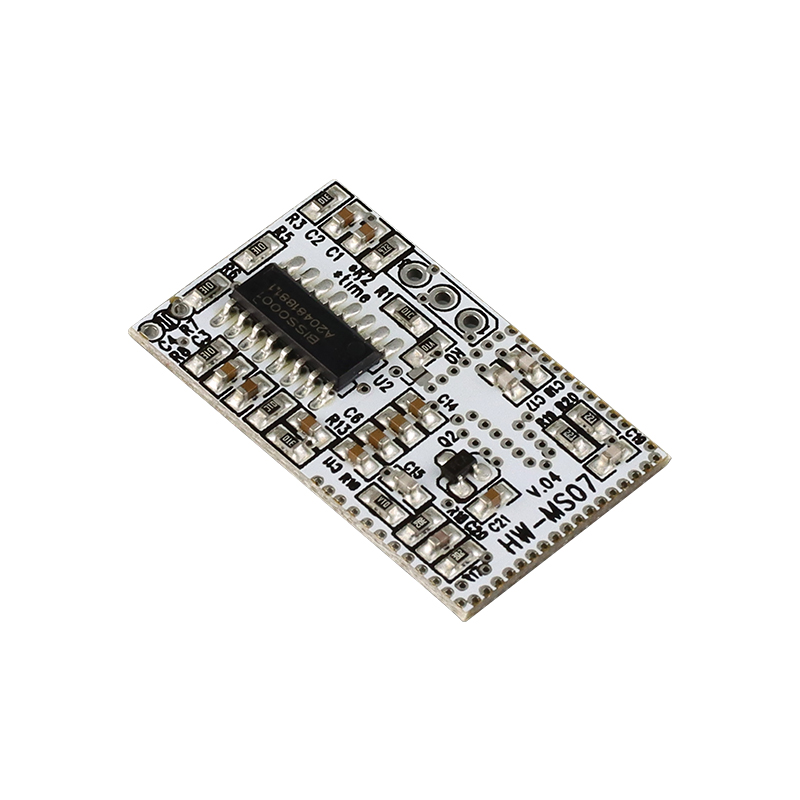 1004,West-CBD,No.139 Binhe Rd,Futian District,Shenzhen, China Post Code:518048
1004,West-CBD,No.139 Binhe Rd,Futian District,Shenzhen, China Post Code:518048
 +86-18682200597
+86-18682200597
 sales@szhaiwang.com
sales@szhaiwang.com
 1004,West-CBD,No.139 Binhe Rd,Futian District,Shenzhen, China Post Code:518048
1004,West-CBD,No.139 Binhe Rd,Futian District,Shenzhen, China Post Code:518048
 +86-18682200597
+86-18682200597
 sales@szhaiwang.com
sales@szhaiwang.com
source:Industry News release time:2022-04-15 Hits: Popular:Infrared sensing module

(1) Type of thermistor. Thermistors can be divided into positive temperature coefficient thermistors (PTCR) and negative temperature coefficient thermistors (NTCR) according to their resistance-temperature characteristics. PTC is the abbreviation of Positive Temperature Coefficient, which means positive temperature coefficient. NTC is the abbreviation of Negative Temperature Coefficient, which means negative temperature coefficient.
The positive temperature coefficient thermistor is also divided into abrupt type (also called step type) and slowly changing type (linear). The mutant type is subdivided into two categories: one is ceramic PTC thermistor (CPTC), and the other is organic polymer PTC thermistor (PPTC).
(2) Interpretation of the main parameters of the PTC thermistor. Table 2-25 shows the interpretation of the main parameters of the PTC thermistor.
The resistance-temperature characteristic curve is the relationship between the zero-power resistance value of the PTC thermistor and the temperature of the resistor body under a specified voltage. The voltage-current characteristic curve is the relationship between the voltage applied to the terminal of the thermistor and the current under steady-state conditions to achieve thermal equilibrium. The current-time characteristic curve is the change characteristic of current with time in the process of applying voltage to the thermistor. The current at the moment when the voltage is applied is called the initial current, and the current at equilibrium is called the residual current.
(4) As shown in Figure 2-26 is the resistance-temperature characteristic curve of the negative temperature coefficient (NTC) thermistor. It can be seen from the curve that the resistance decreases as the temperature increases.
Read recommendations:
NTC temperature sensor for fruit tree seedling cultivation and irrigation equipment
Popular Recommended Products
MF5A 103F3950FL60 lacquered wire
2021-11-27Φ25mm size
2021-11-27MF51 103F3950FL80 NTC Thermistor
2021-11-27PIR Lens 0512H
2021-12-09Diameter 3mm size
2021-11-27PIR Lens NL-02
2021-12-09PIR Lens 8604
2021-12-09PIR Lens 8605-2C
2021-12-09PIR Lens 8203-1
2021-12-09Digital PIR Sensing Controller 3312-3s
2024-03-22HW-XC500 Microwave Sensor Module
2024-04-07NTC thermal resistance state setting package.Pyroelectric infrared sensor module
2023-03-16Enameled wire NTC thermistor IQC quality test report.alarm sensor direct sales
2022-10-08How to Apply NTC Thermistor to Suppress Surge Current in Lighting System.PMMA lens Manufacturing
2022-06-21MF52 Series Miniature Insulated Lead NTC Thermistor.microwave sensor module manufacture
2022-08-12Automatic vegetable fryer and NTC temperature sensor.Human Body Infrared Temperature Sensor
2023-08-26Solar water heater sensor water temperature NTC
2023-03-06NTC temperature sensor for bread making machines.Infrared digital sensor module
2023-09-23Precautions for the application of thermistor (NTC) in switching power supplies.5.8G Frequency micro
2022-04-25Application of thermistor
2022-05-16Symptoms of coolant temperature switch (temperature sensor) failure or failure
2022-11-23
szhaiwang4@hotmail.com
+86-18682200597
sales@szhaiwang.com